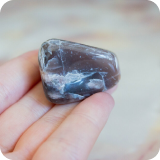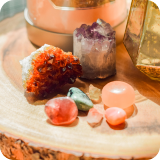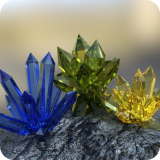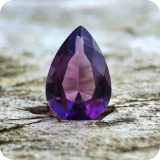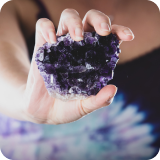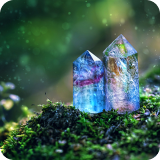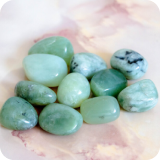- What are Lab Created Gems?
- What are Natural Gems?
- 7 Differences Between Lab-Made and Natural Gems
- 7 Similarities Between Lab-Created and Natural Gems
- FAQs
Humans have used natural crystals since ancient times. Lab-created gems have been made since the late 1800s, and both natural and lab-created gemstones are valued in present society.
This article will explore the differences and similarities between lab-created and natural gemstones.
The differences include unique inclusions and flaws, origins, colors, age, cost and value, environmental impacts, and availability of sizes. The similarities have the look, composition, meanings, optical traits, applications, certification, and metaphysical properties.
Some differences and similarities between lab-created and natural gems may be surprising, while some are expected.
We will explore what lab-created means and what natural gems are, learning whether lab-created gemstones are considered genuine stones and explaining the differences and similarities so that you may understand to tell them apart.
What are Lab Created Gems?
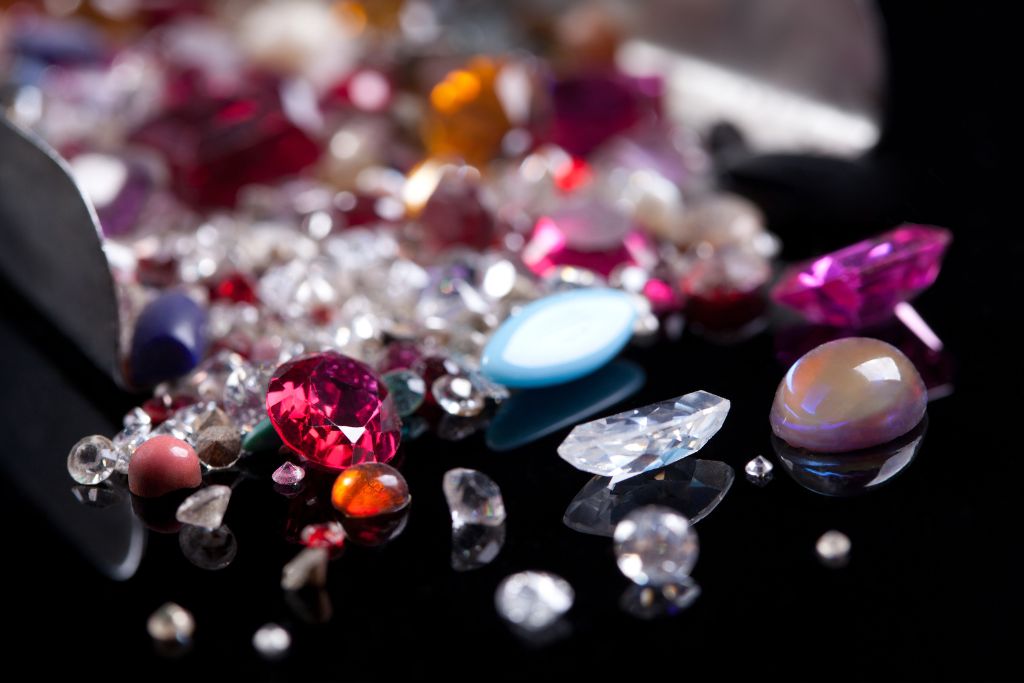
Lab-created gemstones are crystals grown by humans in replicated environments but still share physical traits, optical traits, chemical composition, crystal structure, gemological or industrial uses, and metaphysical properties as the gem formed in nature.
These stones are also called created gems, cultured crystals, or man-made gemstones. Lab-created gemstones include Diamond, Emerald, Ruby, Sapphire, Opal, Spinel, Alexandrite, Garnet, Quartz, Amethyst, Aquamarine, Rubellite, and Bismuth.
These gems are synthesized in a lab with the ingredients and different processes (melt or solution) that mimic the environmental factors ( heat and pressure) that result in how these crystals form in nature.
Lab-created gems are different from simulant gemstones. These are imitations of the natural stone, and they may look alike but do not share the same composition, optical effects, environmental conditions for formation, or metaphysical uses.
Although lab-created gemstones differ in some ways, they share the metaphysical properties of their natural counterparts, as the composition of the crystals is the same.
What are Natural Gems?
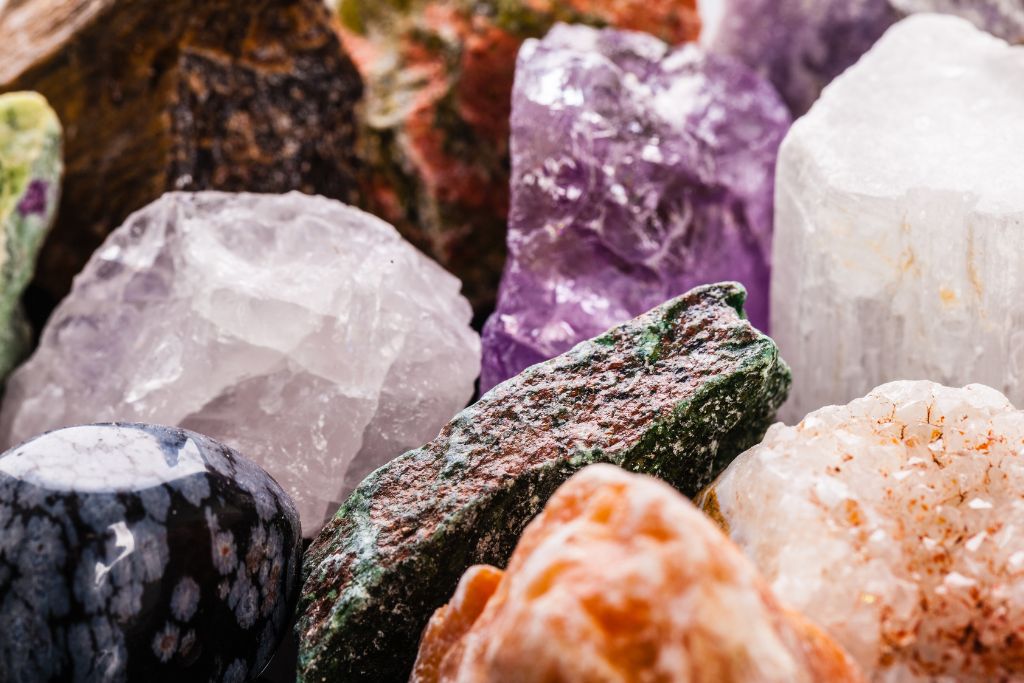
Natural gems are completely organically and fully formed in nature. These gems are generally rare and have a wider variety of unique habits and inclusions. The crystals are mined from sedimentary, metamorphic, and igneous rocks.
These gems have been part of human history since some of the most ancient civilizations, with the first documentation of crystals used for magical healing purposes being from Ancient Sumeria and China.
The use of crystals in jewelry is currently traced to a Siberian cave where the oldest stone bracelet, made of deep green Chlorite crystal, is dated at around 70,000 years old.
The rarity, uniqueness, intricacy, and wide range of powerful metaphysical properties of naturally formed crystals continue to gain fascination and appreciation and be helpful to us humans in the present day.
7 Differences Between Lab-Made and Natural Gems
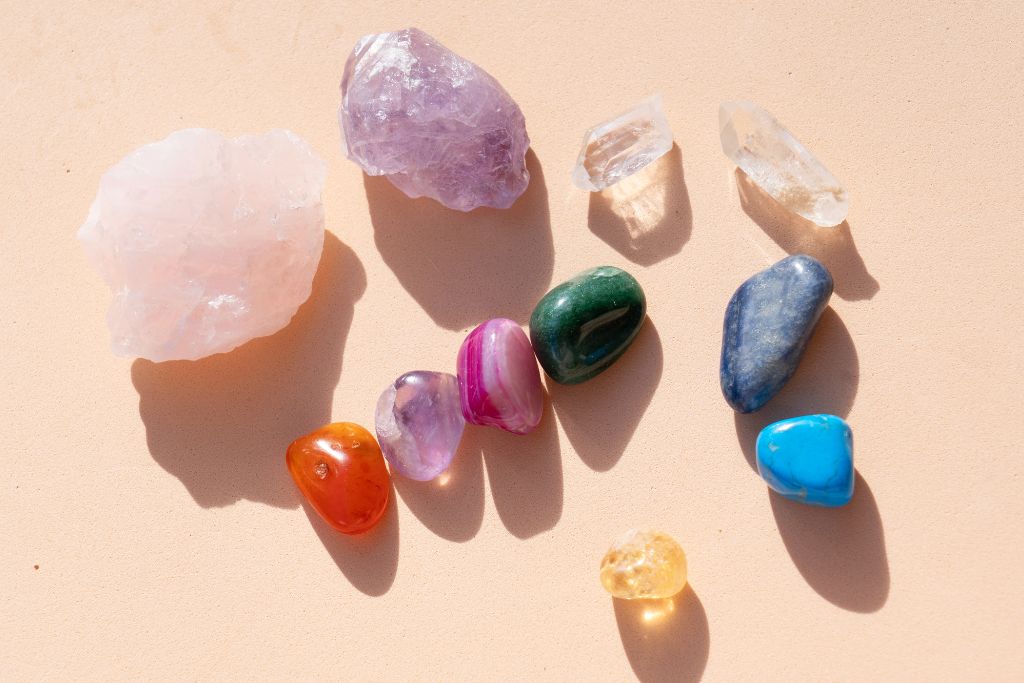
Although they are very similar, there are some differences between lab-created and natural gems, as these crystals form in different environments and by forces that are powered differently.
Unique Inclusions and Flaws
Inclusions can be imperfections, such as uneven luster, coloration, or unique formations like crystals that are combined specimens and fossils within stones. Due to their environment and the nature of how they are created, lab-made gems contain far fewer to no inclusions or flaws.
Lab-created gemstones are grown with strict control in a sterile environment with carefully curated ingredients, heat, and pressure conditions. This results in uniform and predictable crystallization, repeatedly forming almost “too perfect” stones.
Origins
Lab-created gemstones and natural gems differ in origin. Natural stones are from within the earth and are formed organically by the forces of nature. In contrast, lab-created stones originate from a man-made environment powered by minerals and energy that we harness from the earth using our inventions.
The historical origin of natural crystals has been acknowledged since ancient times. At the same time, lab-grown stones were first created in the late 1800s. The technology for creating gems is constantly improving.
Colors
The colors of lab-grown crystals are consistently vivid and brilliant. The pigment throughout the stone is generally free from variation and inclusions, which differs from natural gems that form in various colors and shades and can have extra inclusions.
Lab-grown gemstone colors are very predictable and perfect due to the nature of the process. Natural gemstone colors are unpredictable and uncontrolled.
Age
Lab-created gemstones are generally grown in a very short time. These gems can take a few days, weeks, or up to one year, depending on the method used and the type and size of crystals being grown.
Crystals mined from nature are generally younger or older, depending on the type of stones, size, and environmental conditions. It was recently found that the formation of some crystals in nature can also take just a few days to form. Still, natural gems often take millions of years to form.
Cost and Value
Lab-created gemstones are much more affordable than natural gems. This has made high-quality stones accessible for more people to enjoy.
Created gems are also available in various sizes, making larger stones with flawless clarity and color saturation cheaper than natural gems.
Natural gemstones are rarer and unique. They also require more effort to procure as they must be found and mined. This is why they are up to 40% more expensive than lab-made stones. The higher price and exclusivity of natural gems add to their value.
Environmental Impacts
Lab-made gems are said to be more environmentally friendly than crystals dug up from the earth as, in general, they do not require the same quantity of resources (water, electricity, and manpower) as mined gems.
Created gemstone production also can use large amounts of electricity and water, but this depends on the technical specifications of the processes. As technology has advanced, the process has proved to be more energy-efficient than the resources and environmental impact of mining.
Availability of Sizes
Lab-created gemstones have made possible the availability of high-carat, high-quality gemstones on demand. This differs from the availability of natural gems, which vary in size. Often, larger stones are scarce and inaccessible.
They also differ from natural gems as it is easier to produce more significant numbers of quality stones of a consistent size. Created gemstones expand the potential, scale, intricacy, uniformity, repeatability, and affordability of what designers can create.
7 Similarities Between Lab-Created and Natural Gems
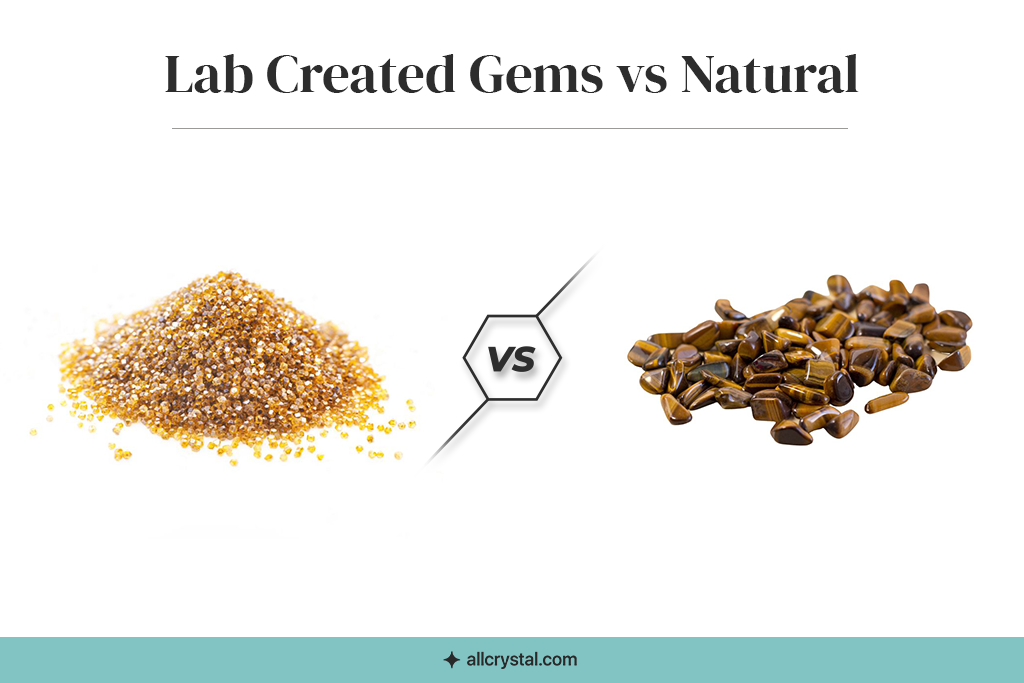
The similarities between lab-created and natural gems are so strong that even though the origin of the processes they are created differs, they are considered the same type of gem.
Looks
Even to a trained eye, it can be tricky to visually tell a fully refined created gem and a natural gem apart. Created gems often look like the perfect version of their natural gem counterpart. So they are very similar in look.
Upon very close inspection, what can be revealed is that lab-created stones look almost too perfect. Natural gemstones sometimes display inclusions and greater color and size variety. In general, however, these types of crystals look incredibly similar.
Composition
Almost all lab-created gemstones have an identical composition to the relevant naturally-occurring gems. Some gems, such as man-made Opals, have added additional elements.
Cultured gems are made by subjecting specific elements to extreme heat and pressure over time. The ingredients and fine-tuned processes used to make these gems result in them sharing the exact chemical composition as their natural counterparts.
Meanings
Due to the shared chemical composition, the same look, and essentially the fact that lab-created and natural gems are the same stone created in different environments, the meaning of the stones are the same.
Symbolism and meaning associated with a natural crystal will be linked to a lab-created counterpart. For example, both natural and lab-made Garnets hold the meaning of vitality. In contrast, both natural and lab-made Rubies mean passion.
Optical Traits
Optical traits refer to how light interacts with the crystal and the visual effect of this. Lab-created and natural gemstones share the similarity of optical traits, according to the types of crystal that have been made.
Star Sapphires and Star Rubies, which are rare and display the optical effect of asterism (star-shaped light reflection on the crystals’ surfaces), can be created through lab-created methods.
Another example is the optical effect of pleochroism, which is present in natural and lab-created Alexandrite gems.
Applications
The application of lab-made and natural gems is similar as they can both (depending on the quality of the stones) be used for the same jewelry, metaphysical or energetic uses, and industrial uses.
Although lab-created gems have been more widely used for industrial purposes, both lab-created stones and natural stones are suitable for many industries, including high-technology components and abrasive or cutting equipment.
Gemstone Certifications
Both lab-created gemstones and natural gemstones can be sent to reputable gemological laboratories for analysis.
Created and natural pieces can receive gemstone certification detailing the crystals’ authenticity, identification, origin, carats, cut, color, clarity, luster, optical effects, and other distinguishing features.
Metaphysical Properties
The metaphysical, energetic, or crystal healing properties of created and natural gemstones are the same as the exact stones that have formed in different environments.
Natural gems may have slightly superior or enhanced metaphysical effects due to being formed beneath the earth. However, as these crystals’ structure, composition, meanings, uses, look, and color energies are the same, the metaphysical properties are also shared.
FAQs
Can You Tell the Difference Between Lab Grown and Natural Gemstones With the Naked Eye?
It is often quite difficult to tell lab-grown and natural gemstones apart. Still, you can attempt to look for inclusions and flaws present in natural gems, as well as the extreme perfection and flawless, brilliant color of a created gem.
Are Lab-Created Gemstones Real Gemstones?
Yes, lab-created gemstones are real, as they are the same chemically, physically, and optically. Lab-created gemstones are genuine stones and real, even though they are not created by nature.
Are Natural Gemstones Better Than Artificial Gemstones?
No, natural gemstones are amazing, but they are not better than artificial lab-made gemstones. Natural gems are better than imitation or simulant gems that do not share composition with real stone. Artificial lab-created gems are real and often more ethical and affordable than mined crystals.
What Does Treated and Enhanced Crystals Mean?
A treated and enhanced crystal is usually a natural stone that has undergone a treatment process, such as heating, radiation, oiling, dying and sealing, and lead glass filling. These processes are often used to improve a crystal’s clarity, color, and durability.
What Does Culture Crystals Mean?
A culture crystal is a crystal that has been created in a lab using the same elements and replicating the environmental conditions of a specific naturally formed stone. Cultured crystals are the same as lab-made, created, or man-made gemstones.
Does Lab-Created Mean Fake?
No, lab-created stones are not fake. They are considered real gems, as they share the same chemical composition, look, and optical effects and are used as mined gems of the same variety.
Are Lab-Grown Gems Cheap?
Yes, they can be up to 40% cheaper than natural gems since they are not as rare and unique. This does not mean they are to be appreciated less, as they are still considered real gemstones and exhibit beauty and usefulness almost identical to a natural gem.
Is a Lab-Created Ruby Real?
Yes. Lab-created Rubies are real, as they share the same chemical, physical, and optical traits. Created Rubies are genuine Ruby gemstones, even though they are not created under the earth.
Can a Jeweler Tell if a Stone is Lab-Created?
Yes, your jeweler should be able to tell if a stone is lab-created, or they will be able to send it in for a full analysis and certification, which will indicate the origin of the gemstone and more.
Why are Lab-Grown Gems Cheaper?
Lab-grown gems are cheaper because they generally form much faster and use fewer resources to create than the extraction and processing of a natural gemstone. They are also more affordable because they are less rare, and various sizes of even precious gems can be easily mass-produced.


